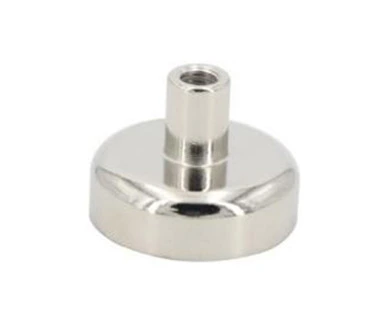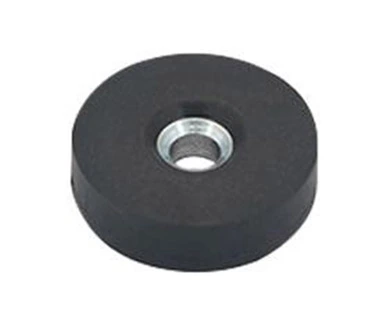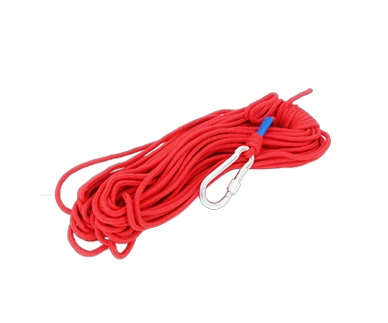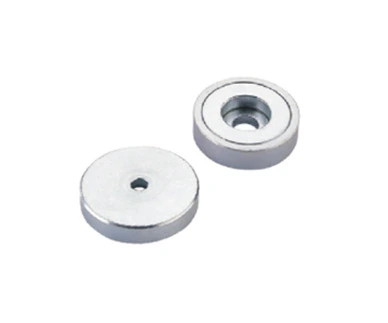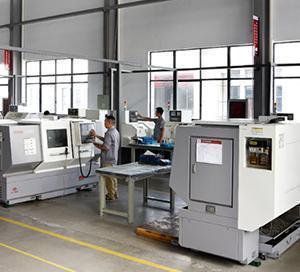Understanding Magnets
Magnets were not invented by humans, but are natural magnetite. Ancient Greeks and Chinese discovered a kind of naturally magnetized stone in nature, and called it "Magnetite". This kind of stone can magically pick up small pieces of iron and always points in the same direction after random movement. Early navigators used this magnet as their earliest compass to identify directions at sea.
Factors to Consider When Customizing Magnets
Grade
When customizing magnets, different magnet materials have different grades. Ideally, the grade of a magnet can measure its strength well. Generally, higher grade numbers indicate stronger magnetism of the magnet. This means that if your project requires a strong magnet, you should choose a magnet with a higher number (grade). NdFeB magnet: the grade is usually from N25 to N55. Samarium-cobalt magnet: the common grade is from 16 to 32. Alnico magnet: the common grade is from 1 to 9. Ferrite/ceramic magnet: the common grade is from 8 to 40.
Magnetization Direction
When it comes to the magnetization direction of magnets, there are mainly two types. You can use radial or axial (radial) magnetized magnets. Radial magnetization is produced in a specially manufactured annular magnet. When the magnetization direction of the magnet is on the axis of the magnet, it is called axial magnetization. The magnetization direction is very important in the manufacture of magnets, because when one pole of the magnet contacts the magnetic surface you want it to stick to, it usually attracts the most. Therefore, for example, a magnet with axial magnetization is most effective when one of its plane contacts the surface.
Tolerance
Tolerance is actually a parameter used for manufacturing mechanical components and is usually measured according to a standardized tolerance system called the International Tolerance Grade. Generally, the tolerance of magnets is measured at+/-0.05mm, just like in NdFeB magnets. However, the accurate measurement of tolerance mainly depends on the shape, grade and material of the magnet. The smaller the tolerance, the higher the relative processing difficulty and cost.
Coating
When customizing magnets, the choice of magnet coating is determined by the actual magnet application environment. Various coatings can be used, such as nickel-copper-nickel coating, zinc coating, epoxy resin coating, gold coating, etc. For NdFeB magnets, polytetrafluoroethylene (PTFE) and rubber coatings are good choices, and stainless steel can also be injection molded and wrapped.
Customized Quantity
Finally, the amount of material required to makecustomized magnetsis another important factor to consider. To obtain a quote for a customized magnet, you need to provide the required quantity. Generally speaking, the more magnet material required, the lower the unit price of customized magnets.
 English
English 日本語
日本語 한국어
한국어 français
français Deutsch
Deutsch Español
Español italiano
italiano русский
русский português
português العربية
العربية
